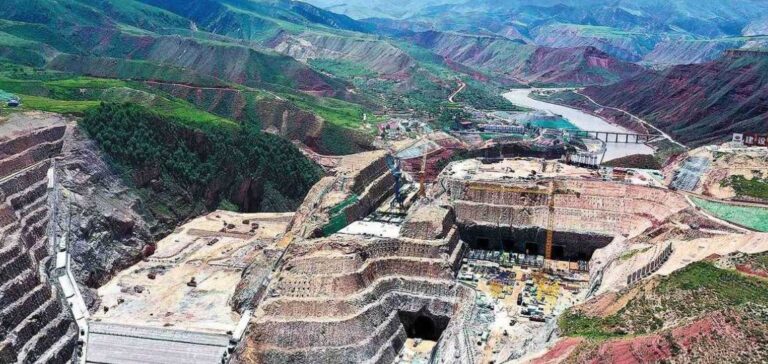The first unit of the Maerdang hydropower plant in China’s Qinghai province was commissioned on April 1st. With an initial capacity of 550 MW, it is designed to supply 13.2 GWh of electricity every day. This project illustrates China’s ambitions in the field of hydropower, in line with the country’s expectations in terms of renewable energy and energy transition, with a planned final capacity of 2,200 MW.
Technical advances and impact
Gu Faming, deputy manager of the Maerdang mechanical and electrical center, points out that: “full completion of the station could generate around 15 TWh of electricity per year. The station also incorporates innovations, including a 750 kV ultra-high-voltage substation, the highest in China, which was operational in September 2023.”
Contribution to the energy ecosystem
The project is not limited tohydropower, but also includes energy storage and solar power generation facilities, making Maerdang China Energy’s first integrated energy facility. This diversification is crucial to stabilizing the power grid and increasing the share of renewable energies in China’s energy mix.
Future prospects and implications
The outlook for renewable energies in China is promising, with ambitious targets for 2030. The Maerdang project represents a major milestone, demonstrating China’s ability to rapidly implement major energy infrastructure projects, underlining its role as a world leader in hydropower.
The Maerdang power plant symbolizes China’s innovation and commitment to renewable energies. By exploiting extreme altitudes and integrating advanced technologies, this project sheds light on the country’s energy strategy and its impact on the global energy transition.






















